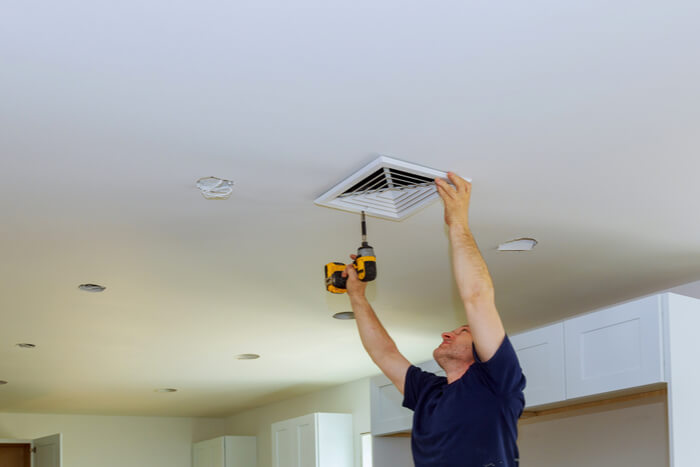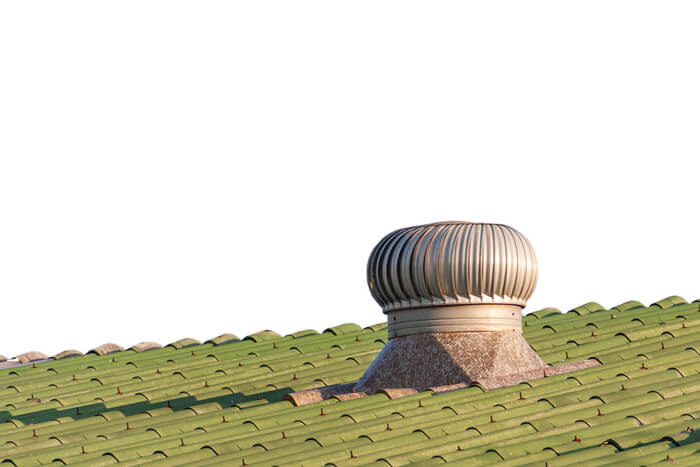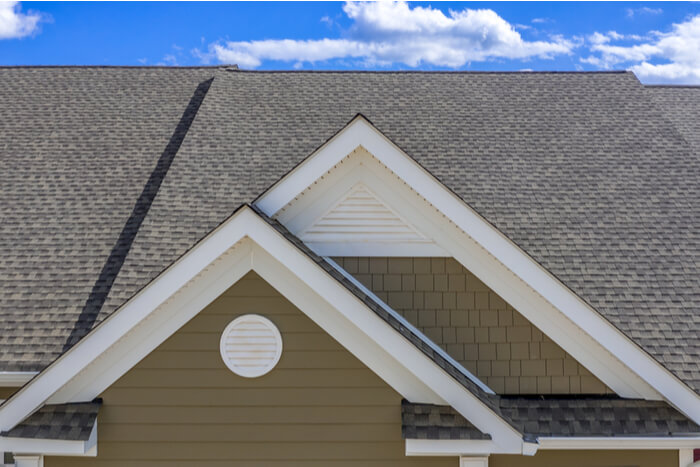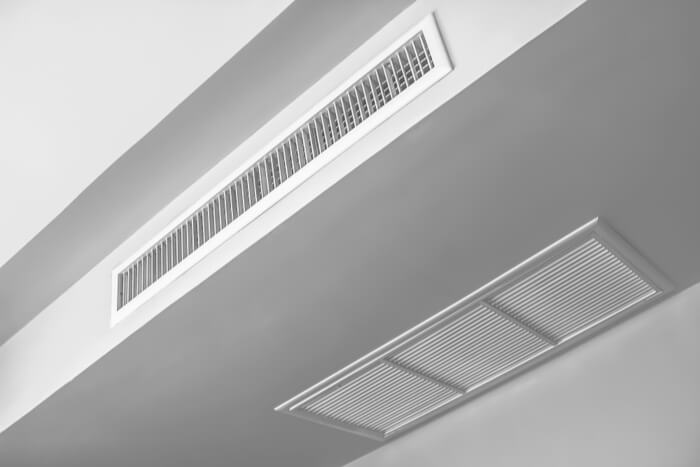Without proper ventilation in summer houses, you put your health at risk. This owes to the creation of a breeding environment for all kinds of organisms. Lack of adequate air circulation is evident when houses do not smell fresh. If this happens, it is highly likely that the spaces you have in the house are not sufficient. Now, you have two choices in this case. You can go for a full system like what you would use in a conventional home. Alternatively, you can invest in vents to allow the natural circulation of air. The latter is the best option when dealing with garden buildings, and this article will shed some light on this issue.

Ventilation Variations
You need vents in your garden building as they aid in the removal of heat and moisture from your space. This ensures that the space feels comfortable and is free of rot and mould. You especially need this when using the house for long periods, more so in the summer. When choosing ventilation options, you should think about the climate where you live as well as the uses of the space. Here are some ideal options:
Natural Air Circulation
Here, the ventilation results from the movement of air through wind. It occurs when there is a difference in temperature in that the fresh air falls while the hot air rises. You can rely on natural cracks for this as well as adding more venting options to the structure.
A good example of this is when you leave gaps at the bottom of the cladding. In this way, cold air from the ground can move into the space, keeping it cool. Alternatively, you can add holes to gable ends on the roof to aid in air circulation. This technique also works on walls underneath the eaves. Note that when working with natural vents, you should follow up with a screen to ensure that bugs and rodents remain out.

Natural vents do not cost much and they are useful in reducing heat, humidity and odours in the space. Also, you can add them to existing structures with ease. The downside to this is that you do not have much control as to the airflow. For big spaces, this solution may not work as expected.
Gable Louvre Vents
These vents have downward slats such that the sun rays and raindrops remain out of the structure. They can be of plastic, metal, or wood, and they serve as a passive ventilation system. The vents are stable such that rodents and insects cannot make their way into the structure. You will be happy to know that they are available in varying forms, and you can thus choose what works for you. If you are embarking on a paint job, you can work on the vents to match your theme.
These vents go below the eaves and most manufacturers will accompany the products with instructions. They thus make for pretty easy DIY jobs that you can undertake in your free time. They work based on wind movement as well as temperature differences. As such, they are quite similar to natural ventilation. They are easy to install, and they improve air quality to a great extent.

Wall Vents
This form of ventilation also falls under other such passive means to keep your house fresh in all seasons. The faces are louvred such that the screens face outwards to ensure that bugs do not enter the structure. As is the case with the gable vents, they come in different forms and materials. Also, you can paint them such that they meet your preferred aesthetics. To install these vents, you should make a hold in the siding where you can install the vent. Follow up with fastening the vent with the required tools as per the manufacturer’s instructions. After this, you can caulk the edges and enjoy the added air movement.
Given that these vents are available in a wide array of sizes, finding one for your home should be easy. Mounting this on the lower side of the wall is an ideal way to go about it. This way, they can take in cold air from the ground while the gable vents remove hot air. The best results come from combining wall vents with others located at higher levels on the walls.
Note that the size of the vent should depend on the size of the home. The last thing you want is to have less intake as compared to the output. Vents located on the upper parts of the wall serve as an output and these should match the capacity of the wall vent. That way, the air circulation can balance. Also, you should consider the size of the house such that you get vents that take this into account.

These vents work for both intakes and outputs and are quite simple to install. Their impact on air circulation is impressive.
Takeaway
Ventilation is essential in summer houses. For one, it ensures that the air is fresh and free of smells. That way, people in the home do not suffer irritation to their eyes and respiratory tracts. Also, items in the space do not end up with a stale smell. Secondly, it ensures that moisture in the house remains at a minimum. With a dry environment, mould and mildew cannot grow and result in the deterioration of the building. Also, the wood and other structural components of the garden building cannot rot. Thirdly, heat regulation is possible when air circulation is adequate. It ensures that working in the space feels comfortable.
It helps to note that the adequacy, or lack thereof, of ventilation in wooden houses will ultimately depend on their design. To save a lot of time and money on subsequent repairs, you should invest in a well-ventilated ideal garden building. Quick Garden has a track record of designing such sturdy garden buildings. For more information on our products, click here.












